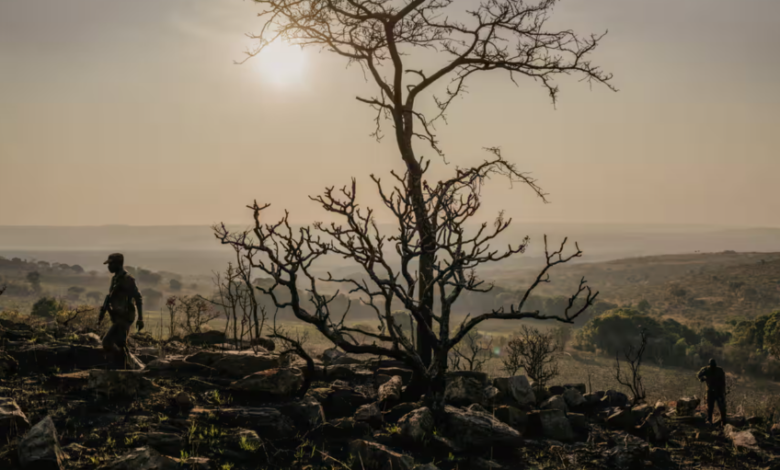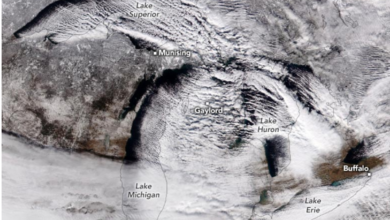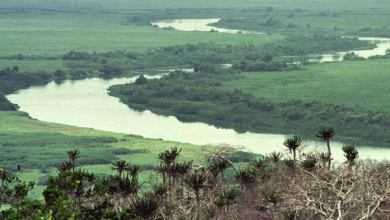Biodiversity Decline in Protected Areas Raises Alarm at UN Summit

Research indicates that biodiversity is declining more rapidly within key protected areas than outside, prompting urgent calls for action at the UN’s Cop16 talks in Cali, Colombia, The Guardian reported yesterday. This summit aims to assess progress on the 2022 agreement to protect 30% of land and water by 2030.
A study by the Natural History Museum (NHM) reveals that while nearly a quarter of the world’s biodiversity-rich lands are protected, their quality is deteriorating faster than unprotected areas. The Biodiversity Intactness Index shows a global decline of 1.88 percentage points from 2000 to 2020, with protected areas witnessing an average decline of 2.1 percentage points.
Experts highlight that many protected areas focus on specific species rather than entire ecosystems, leading to inadequate biodiversity preservation. Furthermore, issues like oil and gas concessions threaten vital habitats, with over 65% of the Republic of the Congo’s Conkouati-Douli National Park impacted.
Dr. Gareth Thomas of NHM emphasizes the need for stringent protections and effective conservation strategies, warning that simply increasing protected areas will not suffice in halting biodiversity loss.





